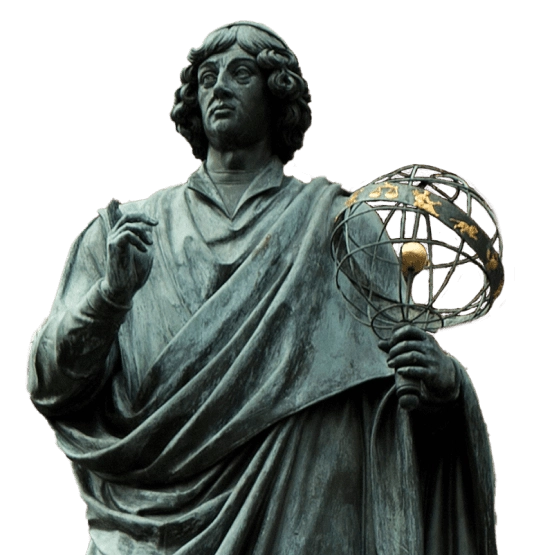Scientists have discovered one of the earliest animals on Earth. They have found a fossil of an unusual creature that lived more than half a billion years ago.
In South Australia, in a range of low mountains known as the Ediacaran Hills, there are rich deposits of fossils. The creatures found there are called Ediacaran fauna, and date from a period called the Ediacaran, Wendish or Eocambrian, which lasted from about 635 to 540 million years ago.
Researchers have discovered shapes imprinted in the rock along with the residual fossils of one of the first animals on Earth with an asymmetrical body structure and the ability to move. The discovery by Scott Evans, assistant professor of geology in the Department of Earth, Ocean and Atmospheric Sciences at Florida State University, and a team of paleontologists has identified an early marine animal from about 555 million years ago. This discovery will help explain how life evolved on Earth. The findings and a description of the research appeared in the journal Evolution & Development (DOI: 10.1111/ede.12491).
Based on the data collected, American scientists and paleontologists from the Museum of South Australia made a visualization of what the animal might have looked like. Quaestio simpsonorum, as the creature was named, consisted of many cells, was able to move, and its body could be divided into distinct halves. It was the size of an adult’s hand.






